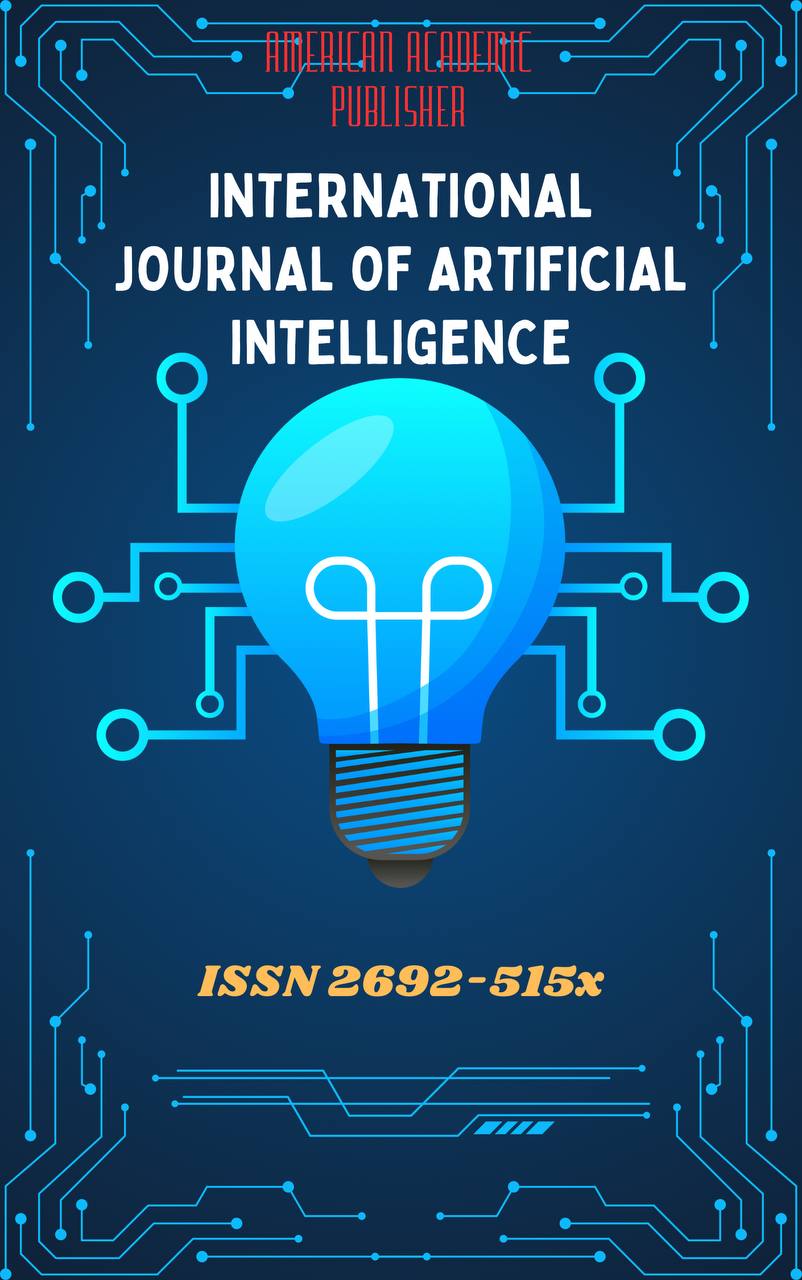 Articles
| Open Access |
Articles
| Open Access | PEDAGOGICAL POTENTIAL OF GAME TECHNOLOGIES IN DEVELOPING FOREIGN LANGUAGE SKILL
Nuriddinova Makhliyo Nuriddin kizi , Graduate in the theory and methodology of education and upbringing (preschool education)Abstract
In recent years, the integration of game technologies into foreign language instruction has become an increasingly prominent pedagogical strategy aimed at enhancing learner motivation, engagement, and linguistic competence. This paper explores the theoretical foundations and practical implementations of game-based learning (GBL) in the context of foreign language acquisition. Drawing on constructivist and communicative language teaching frameworks, the discussion highlights how digital and non-digital games can promote authentic language use, reduce learner anxiety, and foster interactive learning environments. The literature review synthesizes key findings from recent studies that demonstrate the effectiveness of game-based platforms—such as Duolingo, Quizizz, and MMORPGs—in supporting vocabulary development, speaking fluency, and intercultural communication skills. Furthermore, the paper addresses challenges related to curriculum integration, teacher training, and accessibility, emphasizing that the pedagogical impact of games is highly contingent on purposeful design and instructional alignment. Ultimately, this study argues that game technologies, when effectively utilized, can serve as transformative tools in modern language education, facilitating dynamic and learner-centered experiences that go beyond traditional classroom methodologies.
Keywords
game-based learning, foreign language acquisition, learner motivation, digital games, communicative competence, educational technology, language instruction, vocabulary development, interactive learning, pedagogy.
References
Gee, J. P. (2003). What Video Games Have to Teach Us About Learning and Literacy. New York: Palgrave Macmillan.
Peterson, M. (2010). Massively multiplayer online role-playing games as arenas for second language learning. Computer Assisted Language Learning, 23(5), 429–439.
Reinders, H., & Wattana, S. (2015). The effects of digital game-based language learning on Thai students’ speaking skills. Innovation in Language Learning and Teaching, 9(1), 1–17.
Vesselinov, R., & Grego, J. (2012). Duolingo Effectiveness Study. City University of New York.
Hung, H.-T. (2017). Design-based research: Redesign of an English language course using a flipped classroom approach. TESOL Quarterly, 51(1), 180–192.
Prensky, M. (2001). Digital Game-Based Learning. New York: McGraw-Hill.
Neville, D. O., Shelton, B. E., & McInnis, B. (2009). Cybertext redux: Using digital game-based learning to teach L2 vocabulary, reading, and culture. Computer Assisted Language Learning, 22(5), 409–424.
Deci, E. L., & Ryan, R. M. (1985). Intrinsic Motivation and Self-Determination in Human Behavior. New York: Plenum Press.
Krashen, S. D. (1985). The Input Hypothesis: Issues and Implications. London: Longman.
Wright, A., Betteridge, D., & Buckby, M. (2006). Games for Language Learning (3rd ed.). Cambridge: Cambridge University Press.
Article Statistics
Downloads
Copyright License

This work is licensed under a Creative Commons Attribution 4.0 International License.

